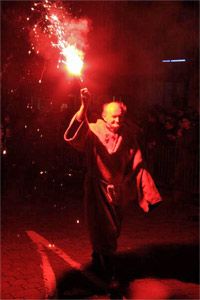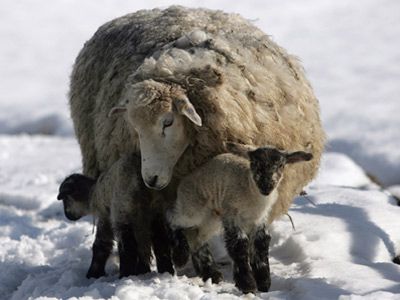Flare guns and signal flares have been used by the military and the public as safety tools for more than a century. Early signaling pistols were patented in the United States in the mid-19th century. Flares come in varying forms and compositions, but generally, they are devices that use fire or a burning substance to provide illumination without an explosion.
The father of the modern flare gun is generally held to be Edward Very (1847-1910), although Benjamin Franklin Coston invented a similar, earlier flare gun. Very was an officer in the U.S. Navy, and in 1877, he designed a short-barreled, 10-gauge pistol in which a flare could be easily loaded into the breech and fired. His flare gun was first used by the Navy in 1882. By World War I, flare guns were in use throughout the world.
Advertisement
Thanks to Edward Very's accomplishments, early flare guns and even some later models are referred to as Very pistols. Many of these guns were larger than Very's invention, and some had multiple barrels.
Armies created protocols for firing flares -- including the number of flares to be fired and at what intervals -- so that they wouldn't mistake friendly flares for those of enemies [source: Panse].
In general, flares are used for attracting attention and to indicate a precise position, particularly when at sea. Aerial flares are more useful for alerting rescuers or authorities to a problem, while hand-held, signal flares or smoke signals are used to broadcast a location.
If you're in a boat, depending on what type of body of water you're on, you may be required to carry signaling devices with you. In that case, it's best to check with the Coast Guard or local maritime authorities to see what rules apply and what equipment they recommend. The U.S. Coast Guard usually requires that boaters carry at least three signal flares.
On the next page, we'll take a look at the various types of flares available.
Advertisement



